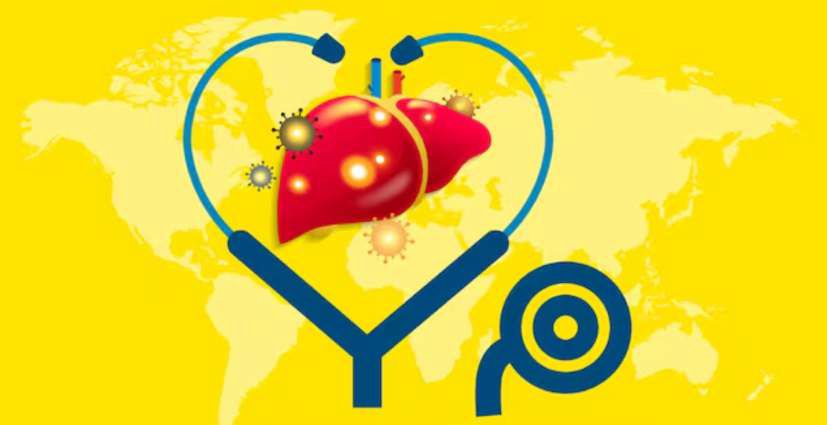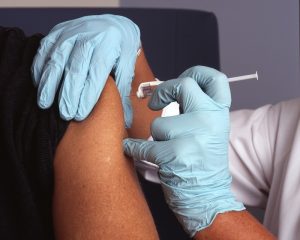By Dr Nosa Aihie, Regional Medical Director, Offshore and Medical Services, Middle East, at International SOS
Despite the unprecedented developments in the field of medical science, Hepatitis remains as one of most severe yet unrecognised global health crises, affecting millions of people.
In this regard, on July 28 annually, the world observes World Hepatitis Day to raise awareness and educate people on the effects of viral hepatitis, an inflammation in the liver, which could even lead to chronic health conditions such as cancer.
Addressing the silent epidemic requires proactive efforts, this year, the World Hepatitis Day is observed under the theme, ‘It’s Time for Action’. It underscores the necessity for accelerated actions to ensure better prevention, diagnosis and treatment to increase the health outcomes and save lives.
Generally, Hepatitis impairs the liver’s ability to function. The liver performs many vital lives functions every day, which makes it necessary to ensure its health for the overall well-being of an individual.
The condition, which is primarily brought on by viral infections, is classified into five major virus strains, A, B, C, D and E based on transmission, severity, geographic distribution and preventative strategies. Among it, hepatitis B and C can result in chronic health issues such as liver cancer, loss of liver function, liver cirrhosis and fatalities. Note there are also non-viral causes of hepatitis including auto immune disease, alcohol and drug induced hepatitis.
Despite the modern medical community’s constant attempts to control and treat hepatitis, the number of infection-related deaths is substantially rising.
According to World Health Organization (WHO), every day, 3,500 people die from this infection, which translates to one death every 30 seconds and over 6,000 people are diagnosed with this viral inflammation daily. Another data shows that in 2022, about 1.3 million people lost their lives due to hepatitis B and C.
Even after developing necessary vaccines and treatment protocol for this infectious disease, one of the reasons for the increased death rates is the lack of awareness.
As per WHO, around 220 million individuals with hepatitis B and 36 million with hepatitis C are unaware of their condition.
Similarly, out of the 304 million individuals worldwide affected with hepatitis C, only 12.5 million have been cured and only 7 million people with hepatitis B are receiving treatment despite the availability of medicines.
Amidst these rising concerns, one of the positive facts is that most of the hepatitis infections and deaths can be prevented.
Collaborative efforts are required to ensure that all communities worldwide have affordable and equitable access to the resources needed to prevent, diagnose and cure hepatitis.
Although rapid diagnostic tests are affordable, many consumers still find them costly. Similarly, some nations continue to pay high prices for generic hepatitis C drugs which limits access to treatment.
In this situation, medical innovations such as self-testing for hepatitis C seeks to promote testing, particularly among marginalised groups.
To address the alarming situation, WHO has set an ambitious goal to eliminate the hepatitis by 2030.
The key steps to attaining this goal include urgent actions to ensure access to testing, diagnostics and timely treatment, strengthening primary care prevention through vaccination, safe practices and education.
Decentralizing care through community-based initiatives and integrating hepatitis care within existing health services, such as primary care and HIV services. Engaging with affected communities and civil society to raise awareness on prevention and treatment efforts. Additional mobilizing innovative financing to support hepatitis elimination programmes is needed.
By adopting a collaborative approach and following these steps, we can significantly impact and improve health outcomes for millions globally.
On this World Hepatitis Day, let us commit to raise awareness, promote prevention and ensure treatment to attain the goal of hepatitis elimination.









